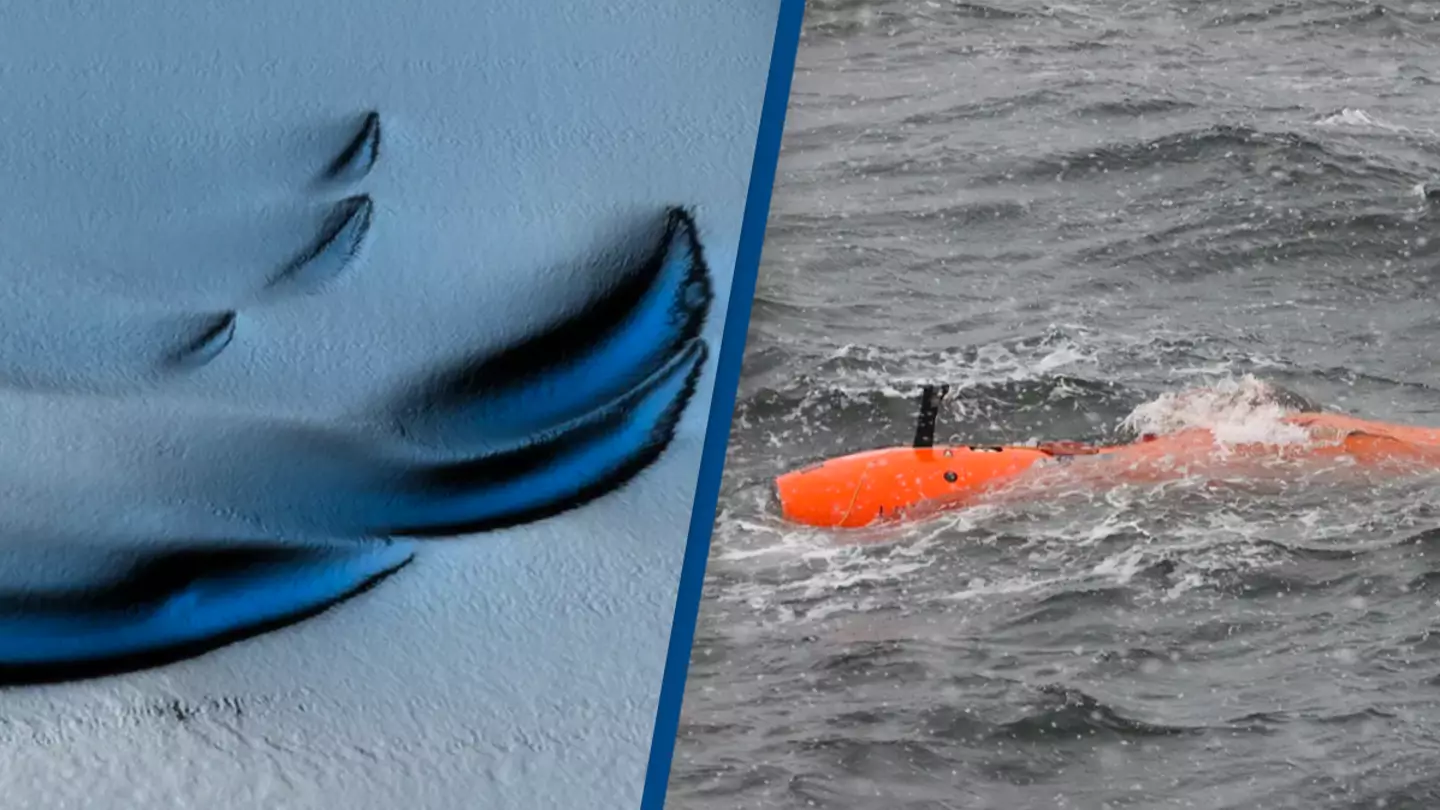
Featured Image Credit: Filip Stedt / University of Gothenburg, courtesy of Anna Wåhlin
Topics: Science, Technology, World News, Environment, Climate Change, Antarctica

Topics: Science, Technology, World News, Environment, Climate Change, Antarctica
Poppy Bilderbeck is a Senior Journalist at LADbible Group. She graduated from The University of Manchester in 2021 with a First in English Literature and Drama, where alongside her studies she was Editor-in-Chief of The Tab Manchester. Poppy is most comfortable when chatting about all things mental health, is proving a drama degree is far from useless by watching and reviewing as many TV shows and films as possible and is such a crisp fanatic the office has been forced to release them in batches.